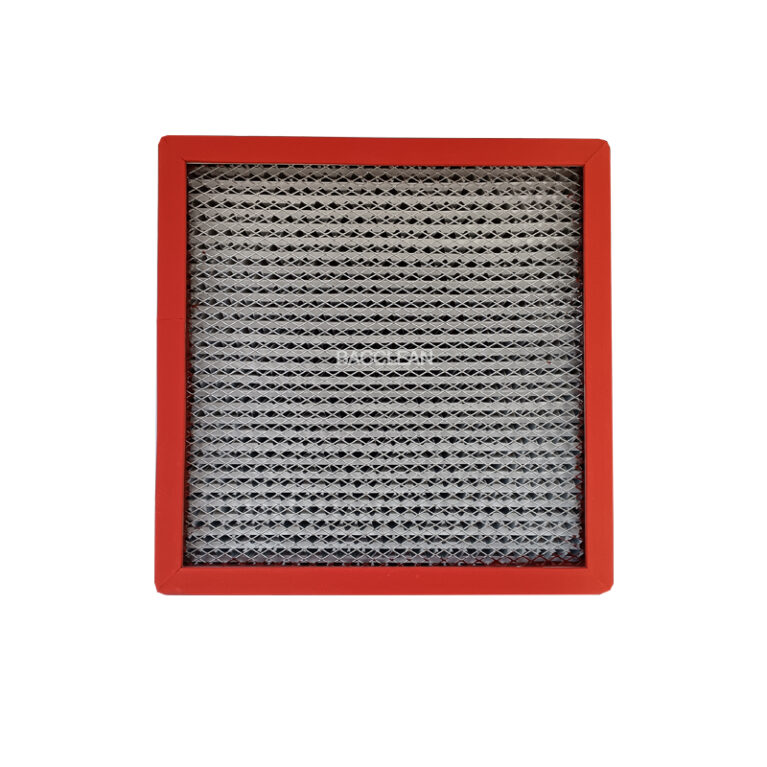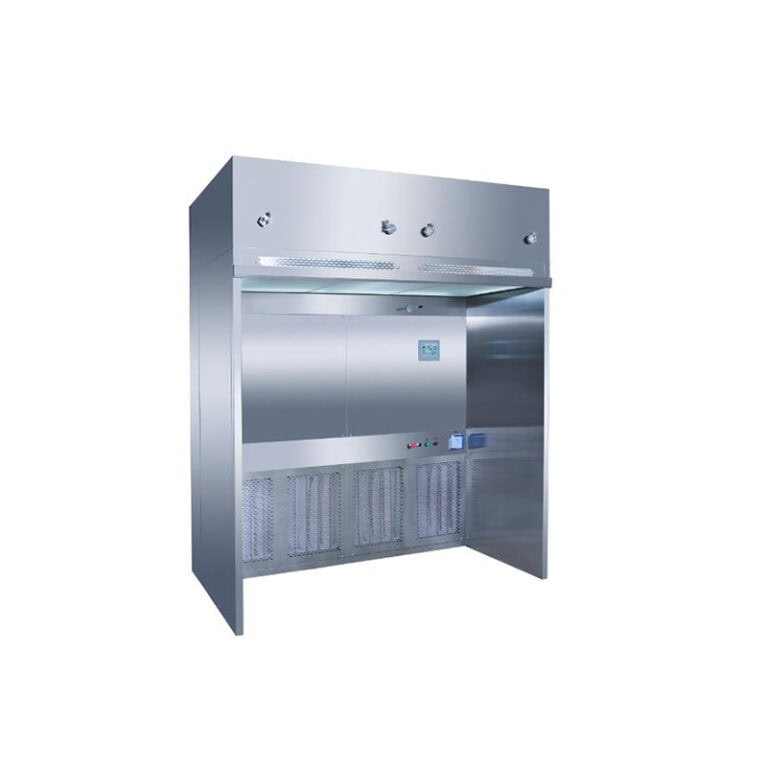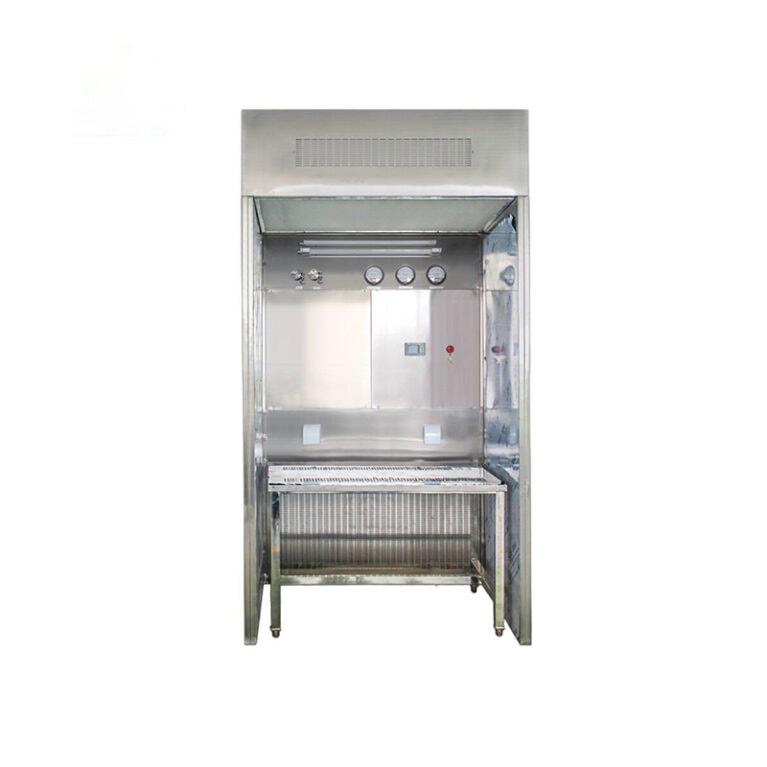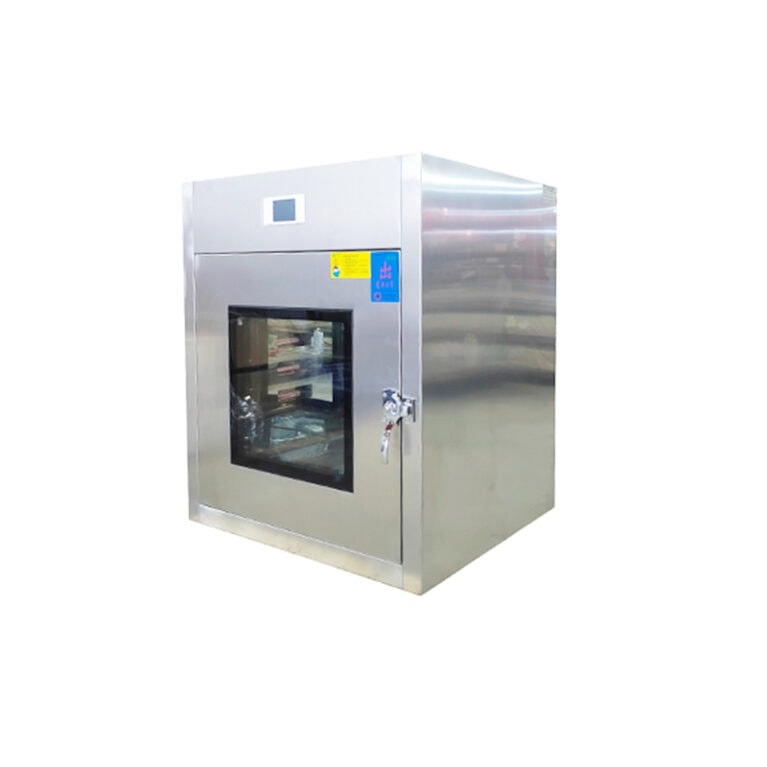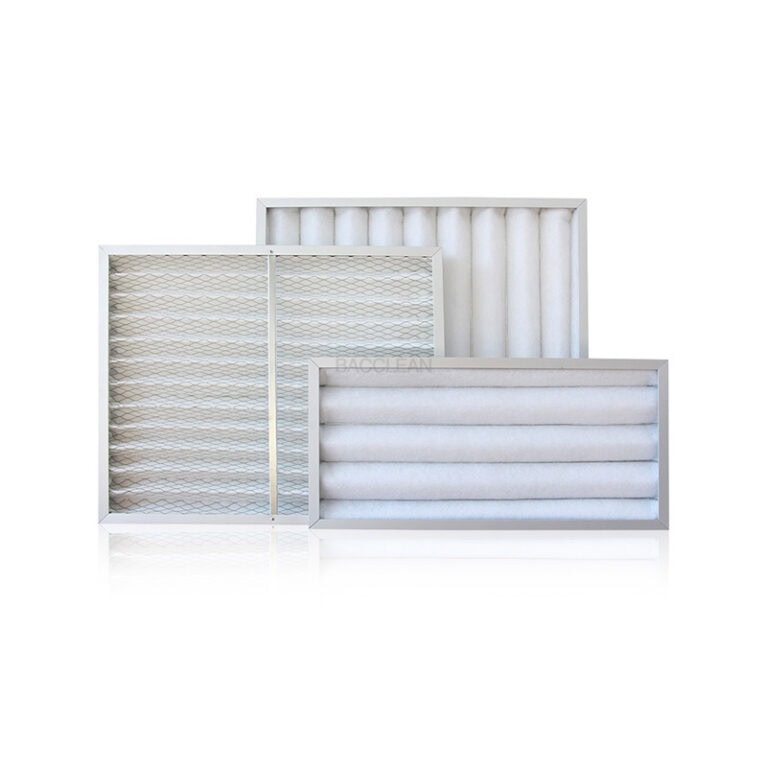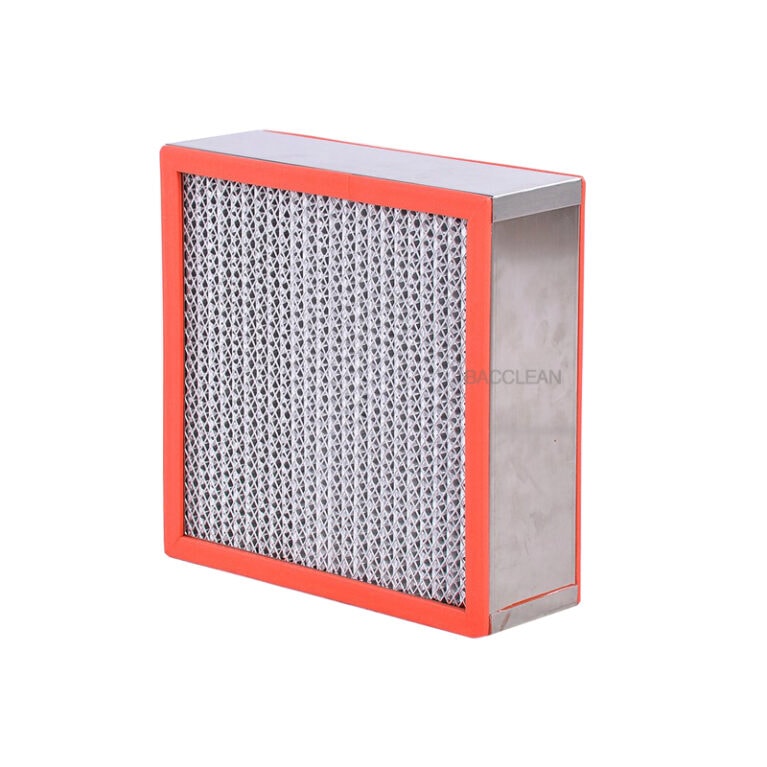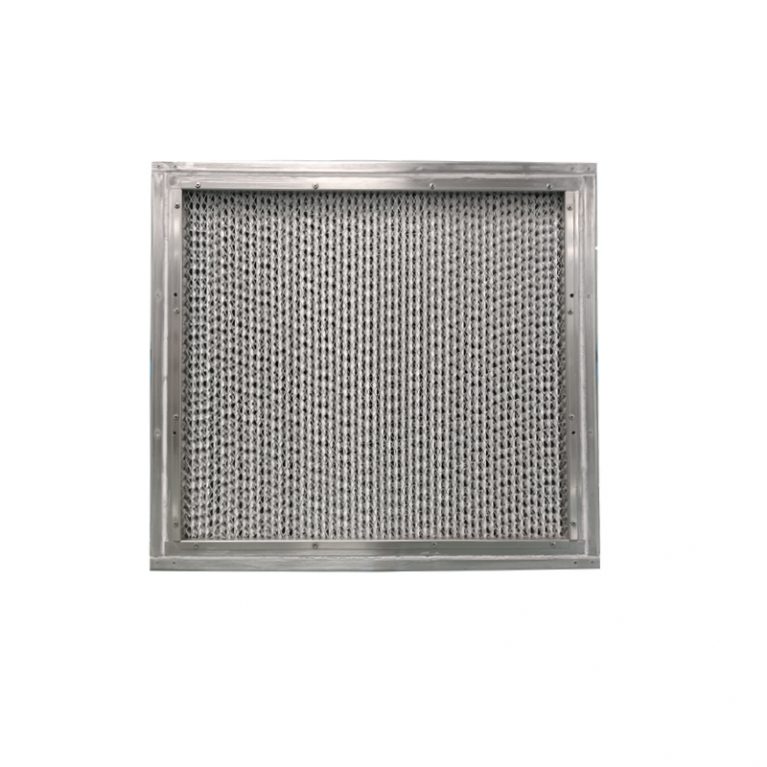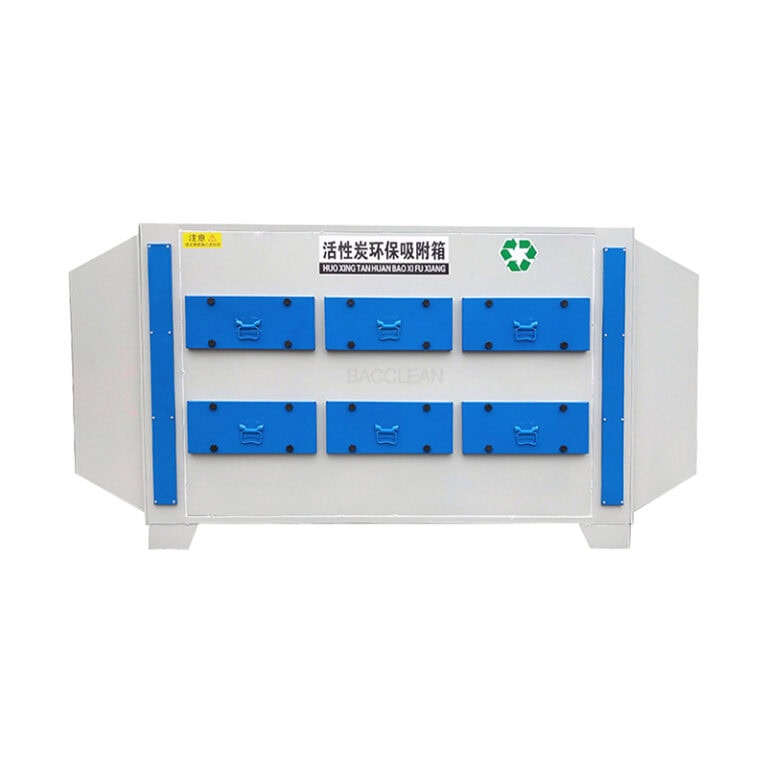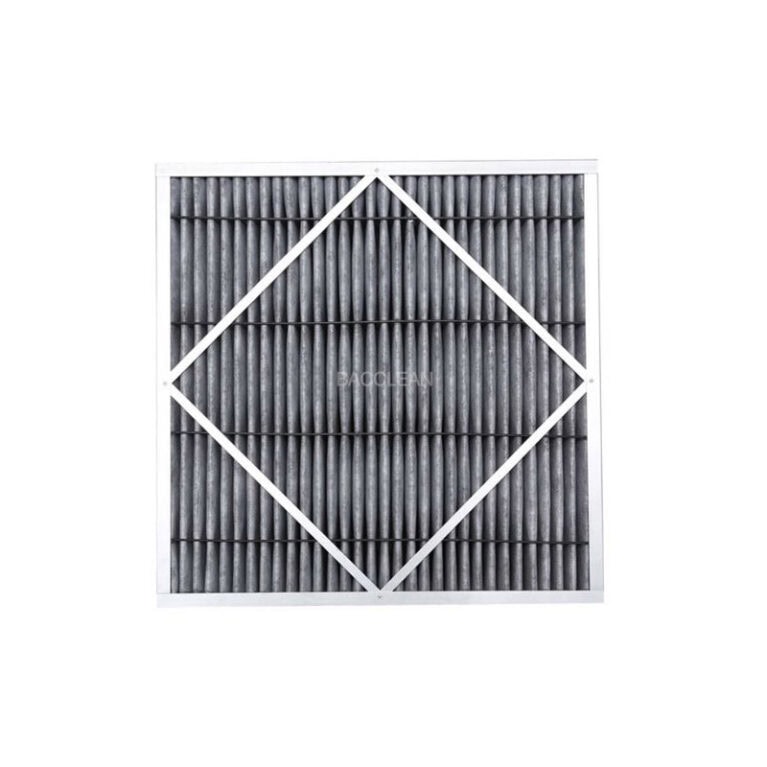To prevent common faults of automatic lifting transfer Windows, systematic protective measures should be established from multiple dimensions, such as standardized operation, preventive maintenance, environmental adaptation, and regular calibration, and targeted prevention should be carried out in combination with the structural characteristics of the equipment and the usage scenarios. The following are the specific methods:
I. Operating Norms: Reduce human-induced malfunctions from the source
Strictly abide by the load and item restrictions
Before transferring items, make sure the weight does not exceed the rated load of the equipment (usually marked on the side of the equipment), and overloading is strictly prohibited (to avoid overloading and burning out of the lifting motor or deformation of the transmission components).
Only items that are well sealed should be transferred. Liquids, loose powders, and sharp objects (unpackaged) are strictly prohibited from entering the cavity to prevent internal contamination, component corrosion, or scratches on the tracks.
When passing items, handle them gently to avoid violent impact on the lifting platform (to prevent deformation of the platform surface or false triggering of the sensor).
Eliminate any illegal operation behaviors.
Do not force the door open during the lifting process (it will trigger the interlock protection, but frequent forced intervention may cause wear and tear of the interlock device).
Do not start the lifting program when the door is not fully closed (to avoid additional force on the motor or contamination of the clean area due to poor sealing).
Do not use manual emergency devices in non-emergency situations. After use, they must be reset and the automatic function tested to ensure it is normal.
Ii. Preventive Maintenance: Identify potential risk points in advance
Regular maintenance of mechanical systems
Lifting track: Wipe the track with a clean cloth every week to remove foreign objects (such as dust and debris). Check whether the track is parallel and deformed every month. Adjust it in time if any protrusions or depressions are found (to prevent jamming).
Transmission components: Apply special lubricants (such as silicon-based grease) to transmission parts like chains and gears every quarter, and check the tightness at the same time (if the chain sag exceeds 10mm, adjust the tensioning device).
Lifting platform: Check monthly whether the platform surface is level and whether the fixing screws are loose to avoid lifting jamming due to uneven force.
Protection of electrical and control systems
Sensors and switches: Clean the surface of the photoelectric sensor and door magnetic switch weekly (to prevent dust from blocking and causing signal failure), and check if the terminal blocks are loose (especially in vibrating environments).
Control box: Every six months, an electrician should inspect the internal circuits, blow away the dust with compressed air (to prevent short circuits), and test whether the emergency stop button is sensitive (power should be cut off immediately after being pressed).
Interlocking device: Conduct monthly simulation tests on the interlocking function (whether the other side door cannot be opened when one side door is open). Adjust the contact position in a timely manner when any delay or failure is detected.
Maintenance of sealing and filtration systems
Sealing strip: Check the door frame sealing strip every month to ensure it is intact, free of cracks or detachment. Regularly wipe it with silicone rubber maintenance agent (to extend its service life). Replace it immediately if any damage is found.
Filter: According to the usage frequency (if it is used frequently every day, check it monthly), monitor the filter resistance through a differential pressure gauge (replace it when the resistance exceeds 1.5 times the initial value) to prevent the fan from overloading due to blockage.
Iii. Environmental Adaptation: Reduce the impact of external conditions on the equipment
Cleanliness and corrosion protection
The surfaces of equipment outside the clean area should be regularly disinfected (using neutral disinfectants) to prevent corrosive gases (such as chemical volatiles in the laboratory) from eroding metal parts for a long time.
In high-humidity environments (such as food workshops), it is necessary to enhance equipment ventilation, control the environmental humidity to ≤60%, and conduct moisture-proof checks on electrical components every month (such as placing desiccants in control boxes).
Power supply and grounding protection
Ensure that the equipment is connected to a stable three-phase or single-phase power supply (with a voltage fluctuation range not exceeding ±10%), and install a voltage stabilizer if necessary (to prevent motor burnout due to unstable voltage).
Every month, the grounding resistance of the equipment should be tested (with a requirement of ≤4Ω) to prevent static electricity or leakage from damaging the circuit. Especially in electronic clean workshops, anti-static grounding needs to be strengthened.
4. Regular calibration and professional maintenance: Ensure equipment accuracy
Functional parameter calibration
Every six months, the lifting stroke should be calibrated by the manufacturer or professional personnel (to ensure that the lifting platform is accurately positioned) and the door closing pressure (to prevent the sealing strip from wearing out due to being too tight or the seal from failing due to being too loose).
Check the delay parameters of the control system (such as the time for the door to start lifting and lowering after being closed) to ensure they meet the set values (to avoid program errors causing operational disorders).
Establish a mechanism for maintaining archives and early warning
Record the information on each maintenance, malfunction, and replacement part, calculate the average service life of vulnerable parts (such as filters and sealing strips), and stock up for replacement in advance.
For frequently used equipment (such as hospital operating rooms), set a threshold for the number of operations (such as every 10,000 times). Once the threshold is reached, conduct a comprehensive overhaul (with a focus on checking the wear of the motor and transmission system).
V. Personnel Management: Enhance professionalism in operation and maintenance
Operators must undergo training and pass the assessment before taking up their posts (they should be familiar with the meanings of the equipment alarm codes, for example, “E1” may indicate motor overload and “E2” may indicate sensor failure).
Maintenance personnel must master basic troubleshooting skills (such as distinguishing mechanical jamming from electrical faults). For complex issues (such as abnormal motor noise and program errors), self-disassembly is prohibited. Contact the manufacturer’s technical support in a timely manner.
Through the above measures, common problems caused by mechanical wear, electrical faults, and improper operation of the automatic lifting transfer window can be significantly reduced, while extending the service life of the equipment and ensuring the stability of the transfer process in the clean area. The core principle is: prevention first, combining the characteristics of the equipment and the usage scenarios, integrating maintenance into daily operations rather than merely taking remedial measures after faults.
